Interview with R.S. Kalsi & C.V. Raman Senior Executive Director, Sales and Marketing & Senior Executive Director, Engineering, Maruti Suzuki
We sat down with R. S. Kalsi and C. V. Raman – Senior Executive Director, Sales and Marketing, and Senior Executive Director, Engineering, Maruti Suzuki, respectively – to learn more about their concept cars, as well as hear their views on the uncertainty of India’s EV policy.
We sat down with R. S. Kalsi and C. V. Raman – Senior Executive Director, Sales and Marketing, and Senior Executive Director, Engineering, Maruti Suzuki, respectively – to learn more about their concept cars, as well as hear their views on the uncertainty of India’s EV policy.
What is the future of concept cars like the e-Survivor and the Concept Future-S?
RSK: I would say that the e-Survivor packs various future technologies and trends in it. There’s the four-wheel drive, with independent electric motors on all four wheels, and then there’s the autonomous capability of the car and also the enhanced connectivity. And, of course, it’s electrically powered. In Suzuki’s parlance, we now call this the ‘Face of Suzuki.’ The basic idea was to showcase our technological prowess in a very compact manner. On the other hand, the Concept Future-S is, in fact, indicative of the direction of our future design and is slightly different from he designs that are currently prevailing in the market. The idea is to incorporate all these design features in a sub-4m category vehicle. And you can see the result. It’s got the ground clearance of an SUV, the seating position is elevated and the overall design is totally different. It also has a new front grille design and an aggressive stance. And the two-tone colour scheme of the interior makes it quite bold.
Was the Concept Future-S designed in India?
RSK: Yes, this was designed in India by a team from our R&D department. Based on the feedback that we’ve received during the expo, we’ll now begin with customer clinics and market research, and after that we’ll refine the design to make it production ready.
Could the resulting production car become a global model?
RSK: Yes, it may become a global model.
Is your announcement about introducing an electric vehicle by 2020 definite?
RSK: Yes, that is certain. There will be an EV in our Indian line-up by 2020. We’ll mark our presence in the Indian electric-vehicle market – this much is certain. But, after that, we’ll have to see what kind of demand there is for EVs in the market before making any further moves. Because to say that, by 2030, India will have 40% electric vehicles is to make a one-sided statement. At the end of the day, it’s the market that determines the penetration of a product. It depends on customer preferences and the customers’ willingness to pay. Electric vehicles may be very low in running costs and maintenance, but the initial cost is higher. With EVs, the challenge is market acceptability – whether the customer would like to pay the premium, and then there’s also the convenience of using the car vis-à-vis the charging infrastructure. Considering that, even today, we often have queues at petrol stations – when the refilling time is just a few minutes, we’ll have to wait and see to see how fast the charging can take place. Currently, it’s been estimated that fast charging will take anywhere between 30 to 60 minutes and normal charging, of course, will only be possible when the vehicle is parked for longer periods – either at parking lots or at the customer’s home. That will be a concern commercially, because parking a vehicle for 3 to 4 hours, or more, at a single spot will be an issue. And, if there’s a negative vibe from the initial users because of poor charging infrastructure, that’ll be another issue. So, all these things have to progress simultaneously.
Considering the government hasn’t adopted a clear direction with regard to hybrids or Electric vehicles, how do you plan your strategy going forward?
CVR: I think the government’s stance on EVs has changed a little. Now, they aren’t saying that India will have 40% EV sales by 2030. Instead, they’re saying that the consumers will have to accept EVs. But, our point is that how will the consumer accept it if there’s no value proposition in terms of acquisition and running cost – and also in terms of comfort and convenience of charging infrastructure. Unless the consumer sees that merit, they will not pay for it. Coming to the hybrids, SIAM is working with manufacturers to come to an understanding that we need to pitch for Hybrids too. A white paper for the same is also being prepared, but it’s still not final. We want to push for it because it benefits everyone. But there are certain OEMs who don’t subscribe to this thought process. And, looking at the Indian context, we find that a little strange. Basically, the current situation requires a lot more understanding and intervention from the government’s side.
Our recent story about the next-gen Jimny – the next-gen Gypsy so to speak – got a lot of feedback and queries. Can we see a back-to-basics 4x4 in India anytime soon?
CVR: The issue for us is that globally the Jimny is a three-door vehicle – something that doesn’t work in India. At the end of the day, the Indian customer wants a 5-door vehicle for practical reasons. We’ve not been able to arrive to a definite conclusion. The feedback from the market has not been positive. What people want is a 5-door vehicle, which we don’t have. Also, the Jimny is a narrow vehicle, so width is also an issue. The current Gypsy is a wide-track vehicle. But, I think, from a lifestyle perspective, there is some potential.
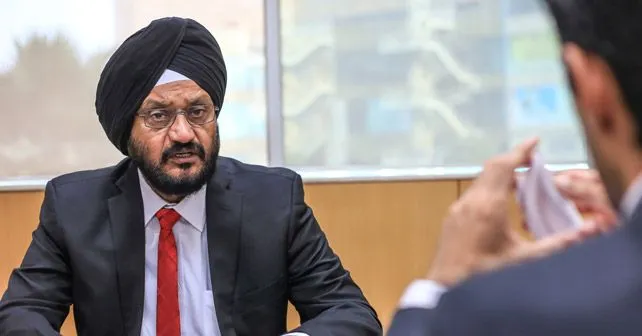
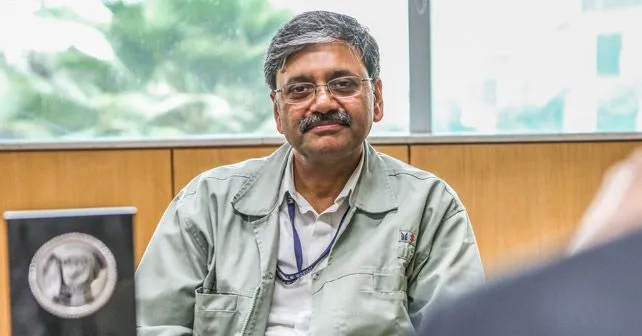


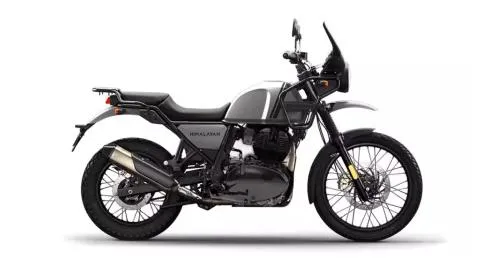



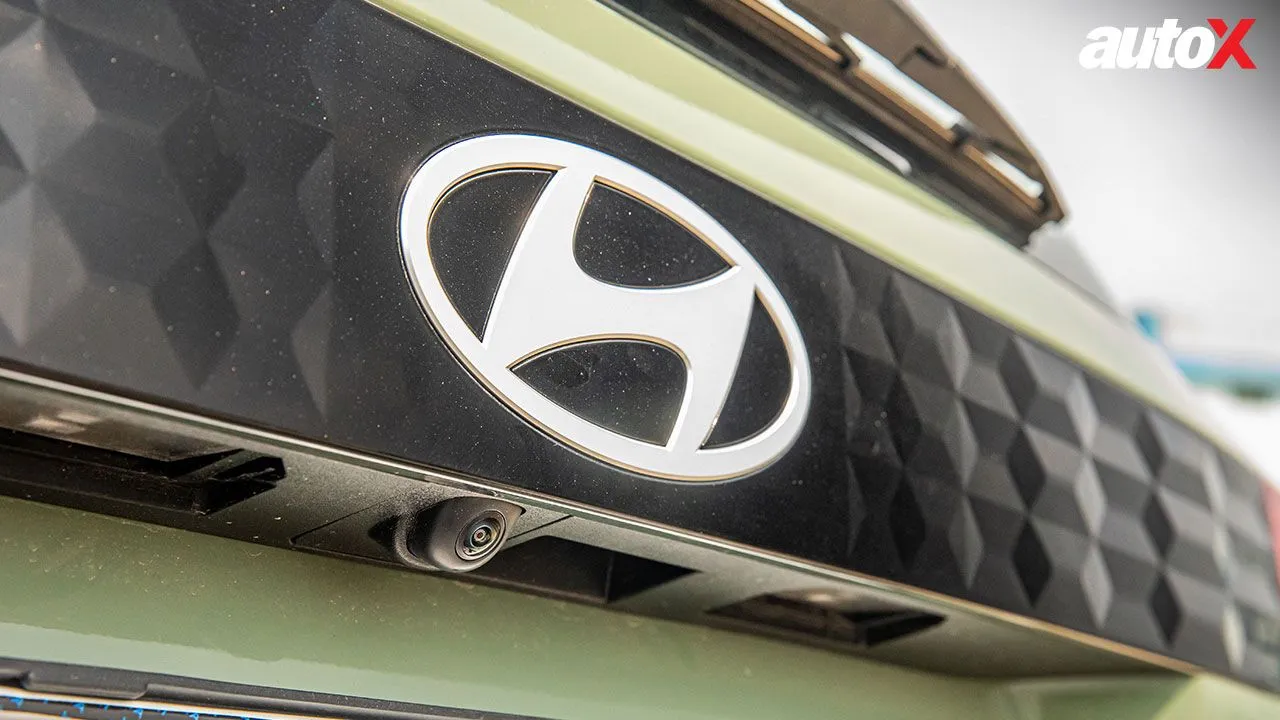
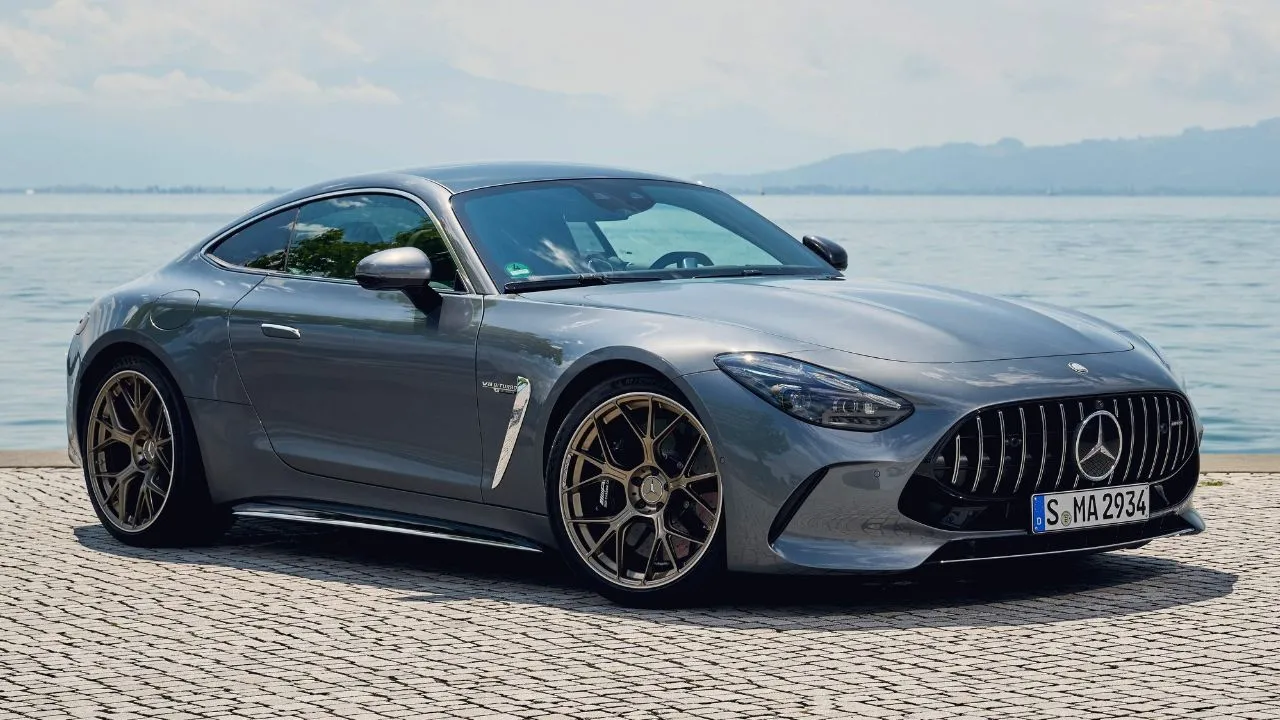
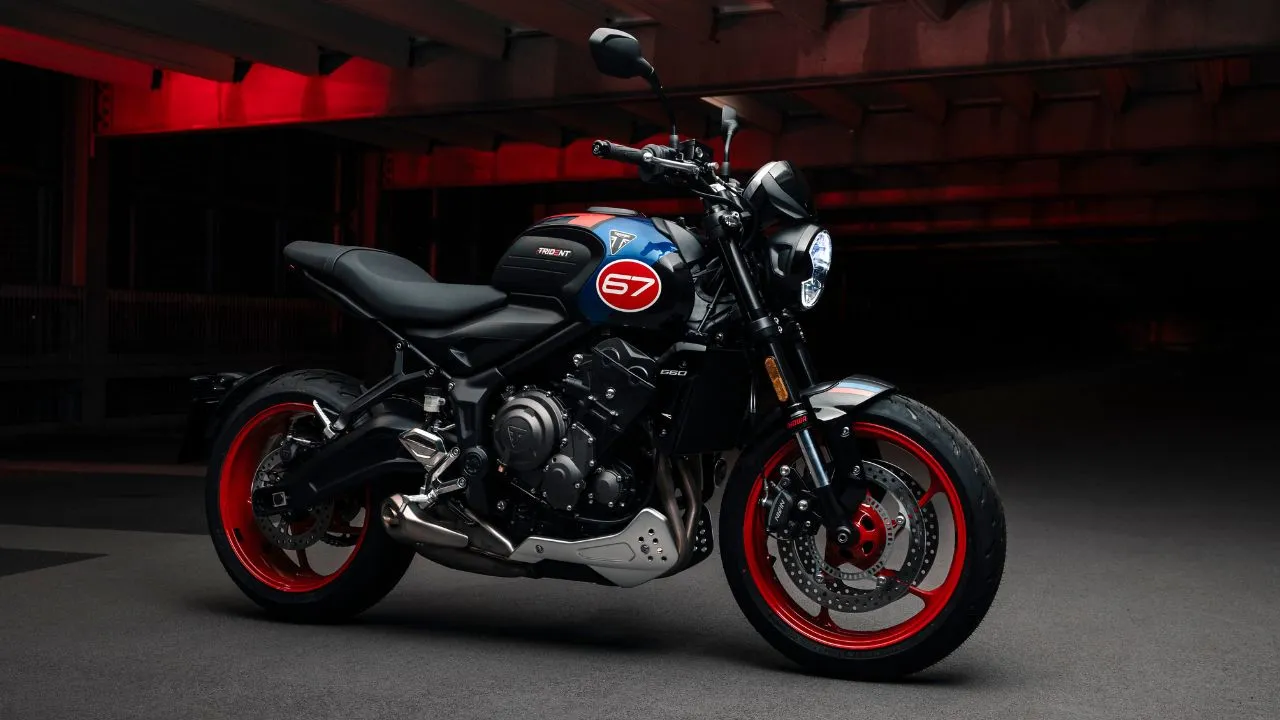
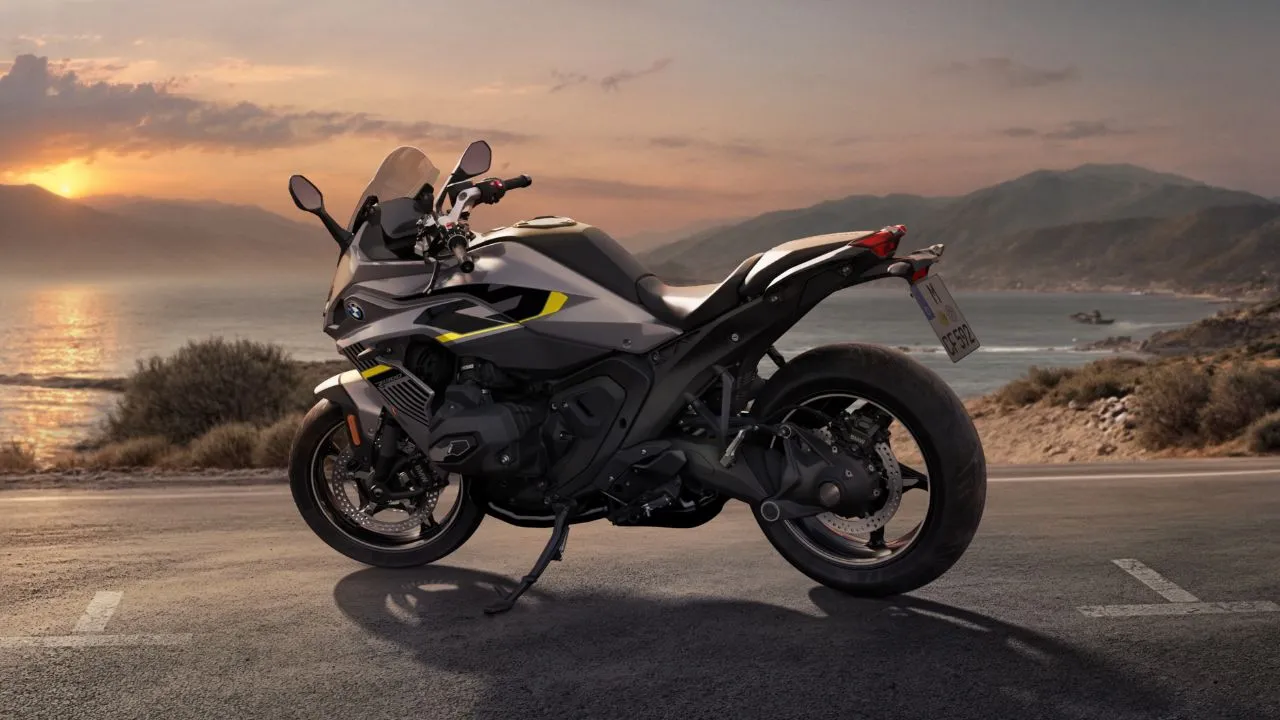





Write your Comment on